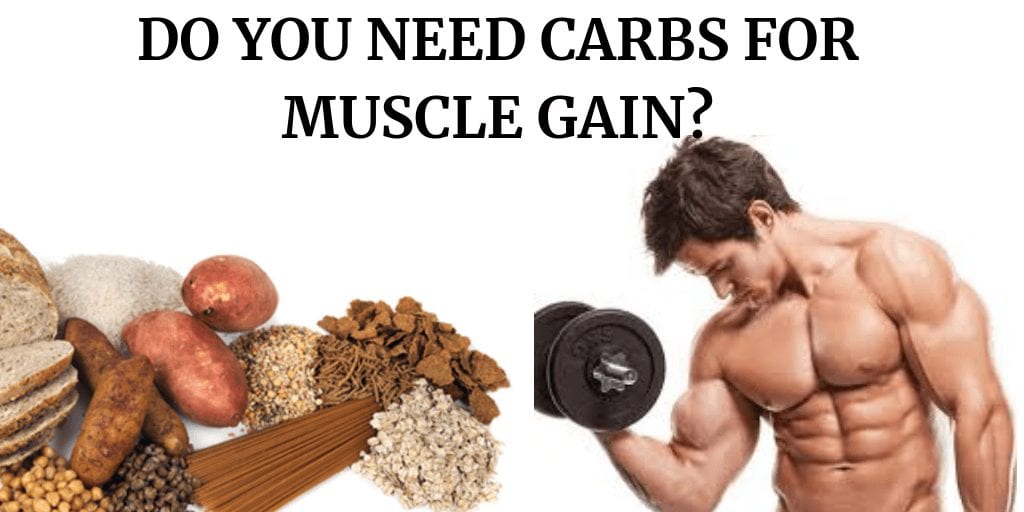The body is an incredible furnace when it comes to burning calories. No matter what food we consume, as long as we stay active and maintain a normal metabolism, the calories from the food are burned. It can be a piece of fruit, a chicken wing, or a slice of cheesecake. Our body will burn every single calorie. Most people scoot through life aware of this fact, and eat whatever they feel like.
Bodybuilders are wise enough to take a step back and analyze the foods they eat for quality of what is being burned, not just quantity. Beginning bodybuilders (and many in the general public) simply count calories. This is a mistake. It completely ignores the fact that some calories are burned more efficiently than others. The body, causing a quick rise then immediate fall in certain body functions, for example, immediately consumes some carbohydrates, sugar. Others, like rice, are slower burning and are used more efficiently by the body.
The Glycemic index (GI) measures how fast the body metabolizes carbs. Foods with a higher GI are burned very quickly. Foods with a lower GI take much longer to be metabolized. The rate of metabolization affects the quality of workout, the way we feel, and the basic metabolic rate.
When lower GI carbohydrates are consumed, the muscles have more glycogen handy for long workouts. When higher GI carbs are eaten, the muscles have less of this very needed glycogen available. Bodybuilders recognize this, and should consume lower-GI carbs before training, and higher-GI carbs after training. Foods like rice and pasta have low GI scores, and will provide the muscles with a great deal of energy during a 60 to 90 minute training session. Immediately following the workout, protein should be consumed of course. However, when it is consumed with a high-GI food, such as Gatorade, it is delivered to the bloodstream much faster. This is desirable to bodybuilders looking to flood the trained muscle group with much-needed amino acids following a workout. (or any high-GI food) brings the aminos in the protein food sources to the bloodstream (and hence to the muscle group) much faster, which leads to more muscle growth.
All carbohydrates are converted to glucose once they are consumed. It’s the speed at which they reach the parts of the body, or the rate at which they are burned, which matters. GI is your measurement stick for carbohydrate performance based upon your needs?

